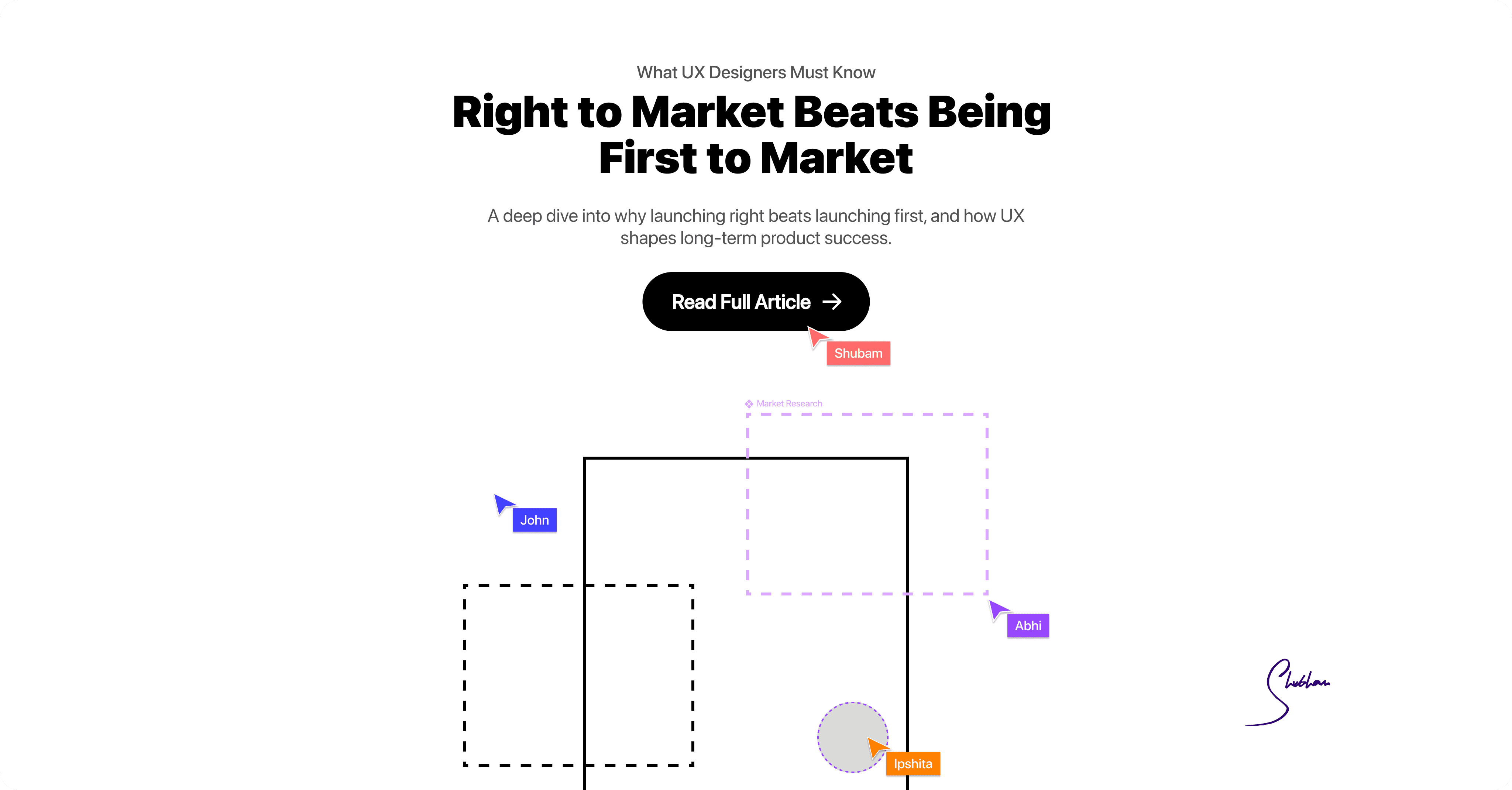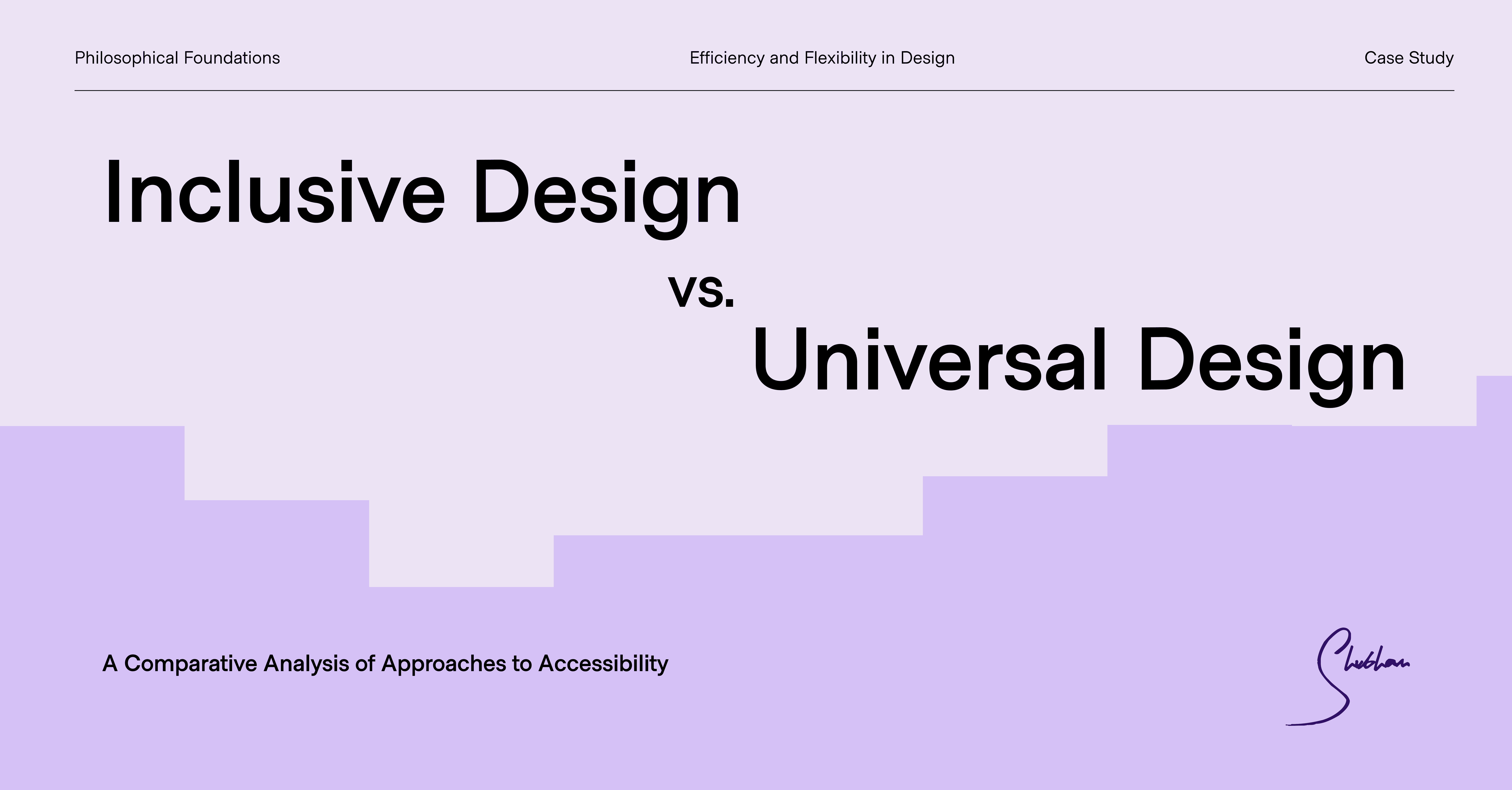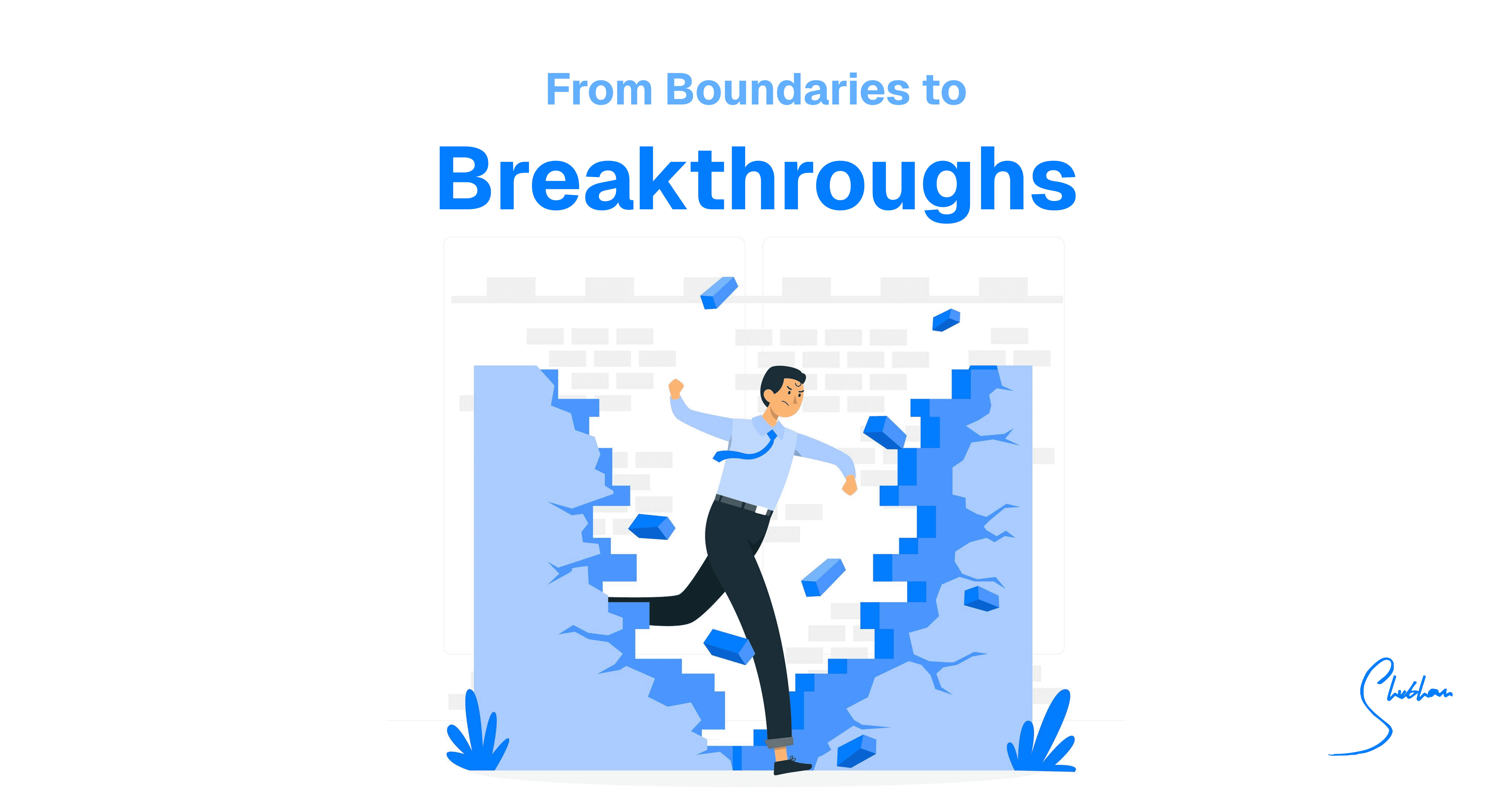Introduction
When most people think about UX design, they envision beautiful interfaces, intuitive navigation, and seamless user experiences. However, UX is not just about crafting visually appealing digital products it's deeply intertwined with organizational politics. In reality, internal politics significantly influence whether great designs actually get implemented. UX designers must therefore master these internal dynamics to ensure their work doesn't remain pixels on a screen but instead translates into real-world impact.
Understanding the Reality of Organizational Politics in UX
Organizational politics are inherent in virtually every workplace. They shape decision-making processes, influence daily interactions among colleagues, and significantly affect project outcomes. According to research by the Design Management Institute, 51% of UX professionals identify internal politics as a significant barrier impacting their ability to deliver optimal user experiences. Similarly, Nielsen Norman Group found that 43% of UX professionals encounter political issues that directly influence their design success.
Why UX Designers Need Political Savvy
Great design alone doesn't guarantee implementation. Effective designs require strategic advocacy within politically complex environments. Designers must recognize and address the human dynamics behind political behaviors, which often stem from misalignment, stress, or feeling unheard rather than malicious intent. Political savvy enables designers to bridge gaps between stakeholders, ensuring user-centric designs align with organizational goals and ultimately reach users.
Key Strategies for UX Designers to Navigate Organizational Politics Successfully
Recognize and Address the Human Element
Political behaviors usually arise from human factors such as stress, deadlines, or feeling undervalued rather than malicious intent. Addressing these issues through candid conversations helps reduce misunderstandings and align expectations clearly.
Practical Tip:
Schedule one-on-one conversations with stakeholders who seem resistant or challenging to uncover underlying pressures or concerns.
Example:
A product manager undermining your design might simply feel pressured by deadlines or ignored input addressing this openly can lead to productive collaboration instead of conflict.
Build Authentic Relationships, Not Transactions
Genuine relationships built on trust and mutual understanding are far more valuable than superficial networking. Authentic connections help gain cross-functional support for critical design decisions.
Practical Tip:
Invest time understanding colleagues' motivations, challenges, and goals beyond immediate project needs.
Decode the Unspoken Language of Meetings
Every meeting has underlying motivations personal and professional that shape participant engagement. By reading these dynamics carefully, designers can frame discussions that resonate with stakeholders while still championing user needs.
Practical Tip:
Observe team dynamics during meetings; tailor your communication approach accordingly.
Communicate Strategically and Precisely
In politically charged environments, how you communicate often matters more than what you communicate. Clearly connect your design decisions explicitly to overarching business objectives and team goals.
Practical Tip:
Frame design proposals around measurable outcomes aligned with company strategy.
Intentionally Build Your Political Capital
Influence within an organization requires visibility and recognition of your unique value. Actively cultivate relationships that ensure your voice is heard when critical decisions are made.
Practical Tip:
Regularly showcase successes in ways that highlight your team's contributions without appearing self-promotional.
Turn Politics into a Strategic Advantage
Instead of viewing politics as barriers, leverage them as opportunities for collaboration and innovation. Use empathy-driven research methods (ethnography, stakeholder interviews) to understand organizational dynamics deeply.
Practical Tip:
Incorporate political insights explicitly into your design research phase by mapping stakeholders' interests and influence.
Real-world Example:
A UX team successfully redesigned an internal training program by conducting thorough user research, aligning closely with stakeholders' expectations through incremental implementation. This strategic approach resulted in increased employee satisfaction and improved knowledge retention across departments.
Conclusion: Embracing Politics as Part of UX Design
Mastering organizational politics is essential for UX designers aiming for real-world impact. Good designs only matter if they ship—and navigating internal politics strategically ensures this consistently happens. By recognizing human factors behind politics, building authentic relationships, communicating strategically, intentionally building political capital, decoding meeting dynamics effectively, and turning political challenges into strategic advantages—UX designers can significantly enhance their effectiveness within organizations.
References:
Pascal Potvin (2025). Office politics: the skill they never taught us.Retrieved from https://uxdesign.cc/office-politics-the-skill-they-never-taught-us-38df80fe64d92
"Unveiling the Dark Side of UX Design: Politics, Bureaucracy..." UX Planet https://uxplanet.org/unveiling-the-dark-side-of-ux-design-politics-bureaucracy-and-managing-stakeholders-for-success-66252ca1add13
"Perceived Organizational Politics, Engagement..." Frontiers in Psychology
https://www.frontiersin.org/journals/psychology/articles/10.3389/fpsyg.2019.01612/"Identifying Barriers to Human-Centered Design..." arXiv
https://arxiv.org/html/2303.000555 Jeff Humble (2023)."Dealing with Politics in UX Design." The Fountain Institute Newsletter
https://pages.thefountaininstitute.com/posts/dealing-with-politics-in-ux-design6"A designer's view on organisation politics." UX Collective
https://uxplanet.org/a-designers-view-on-organisation-politics-110b248dffa06LinkedIn Pulse article on stakeholder communication strategies
https://www.linkedin.com/pulse/topics/user-experience-politics/7"Perceived Organizational Politics, Engagement..." Frontiers in Psychology
https://www.frontiersin.org/journals/psychology/articles/10.3389/fpsyg.2019.01612/fullNielsen Norman Group - Stakeholder Management for UX Professionals
https://www.nngroup.com/articles/stakeholder-management/9Harvard Business Review - Navigating Office Politics
https://hbr.org/topic/office-politics9Interaction Design Foundation - Empathy-driven Design Methods
https://www.interaction-design.org/literature/topics/empathy10Rick Conlow - Office Politics: Crossing Swords or Building Bridges
https://rickconlow.com/office-politics-crossing-swords-or-building-bridges/11Medium - Office politics: the never-ending struggle for UX designers
https://medium.com/@uxdesignpolitics12LinkedIn Pulse - Navigating workplace politics effectively
https://www.linkedin.com/pulse/navigating-politics-work/12Harvard Business Review - Influence Tactics at Work
https://hbr.org/topic/influenceInteraction Design Foundation - 15 Inspiring UX Quotes for Innovation
https://www.interaction-design.org/literature/article/15-inspiring-quotes-about-user-experience-for-better-design-thinking14Interaction Design Foundation - Effective Communication in UX
https://www.interaction-design.org/literature/topics/effective-communication15Kacmar & Ferris (1991). Perceptions of Organizational Politics Scale (POPS). Lazarus (1991). Transactional Theory of Stress.15 Hobfoll (1989). Conservation of Resources Theory.16Karasek (1979). Demands-Control Theory.17 Vigoda-Gadot et al. (2003). Studies on organizational politics impacts.18 Miller et al. (2008). Meta-analysis on organizational politics and stress.
Paraphrased using ChatGpt




